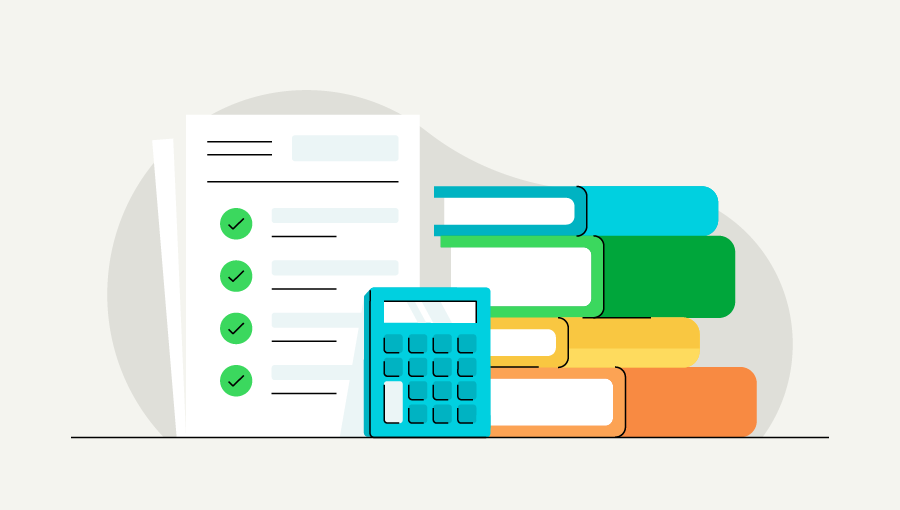There are a lot of stressors that come with being self-employed or starting a business. Managing and organizing business paperwork shouldn’t be one one of them.
Far too many entrepreneurs find themselves buried under documents. There are contracts, invoices, reports, spreadsheets, employment applications and records, insurance policies, and financial statements. The list goes on. From the important to the minuscule, the sea of paperwork seems never-ending.
Bringing some order to your business documents gives you increased clarity about what you have (and what you’re missing). It can also give you a greater sense of control over the administrative side of your business. Plus, you’ll stress less when you actually need to find something.
Keeping track of business documents manually is one option, but it’s not the most organized approach. Seasoned business owners recommend investing in software for things like expense tracking, invoicing, and payroll, according to a 2020 survey. 1 in 10 said they waited too long to buy software to manage these processes and paperwork. #regrets













